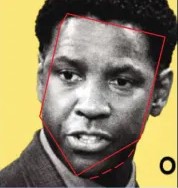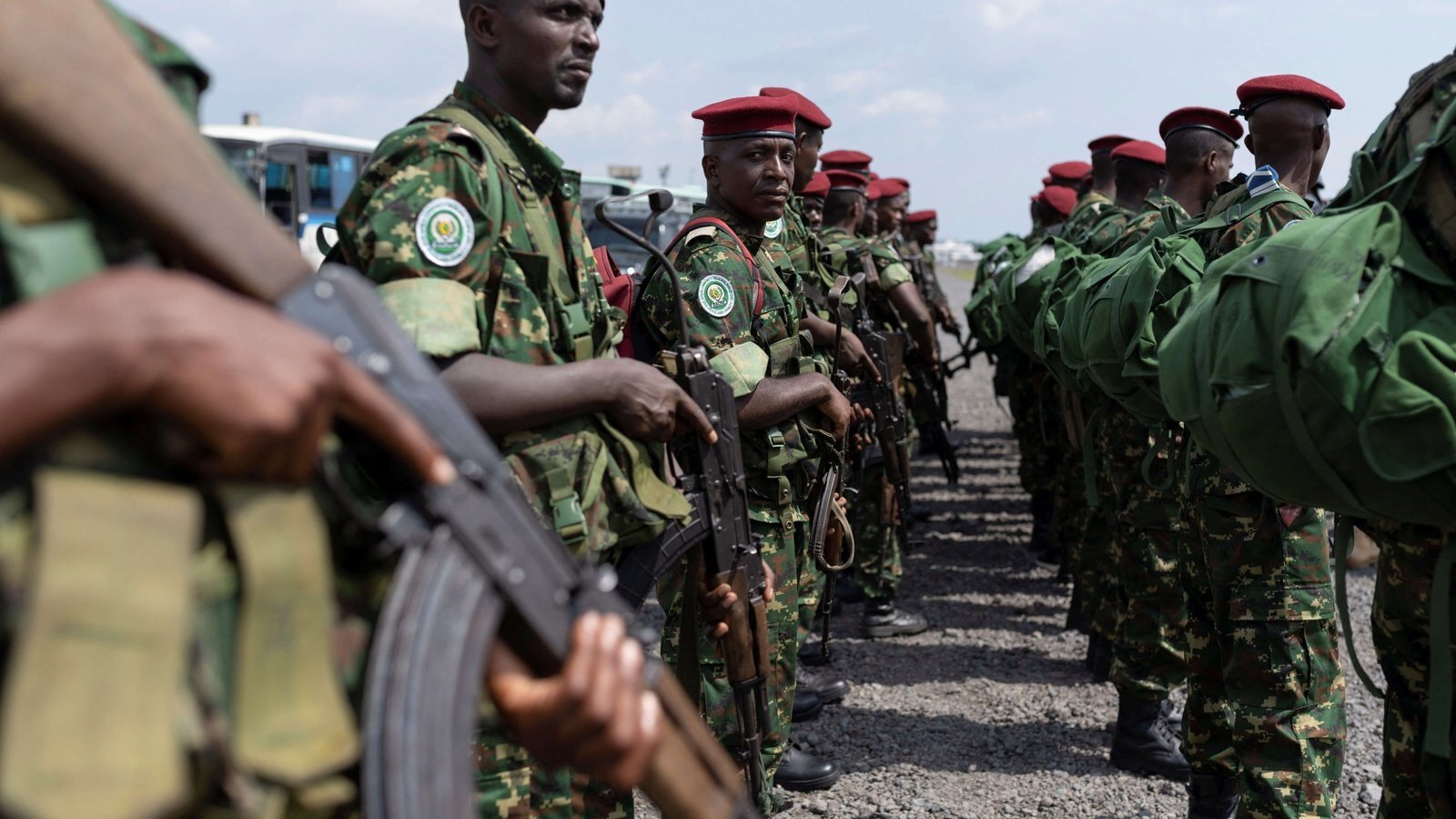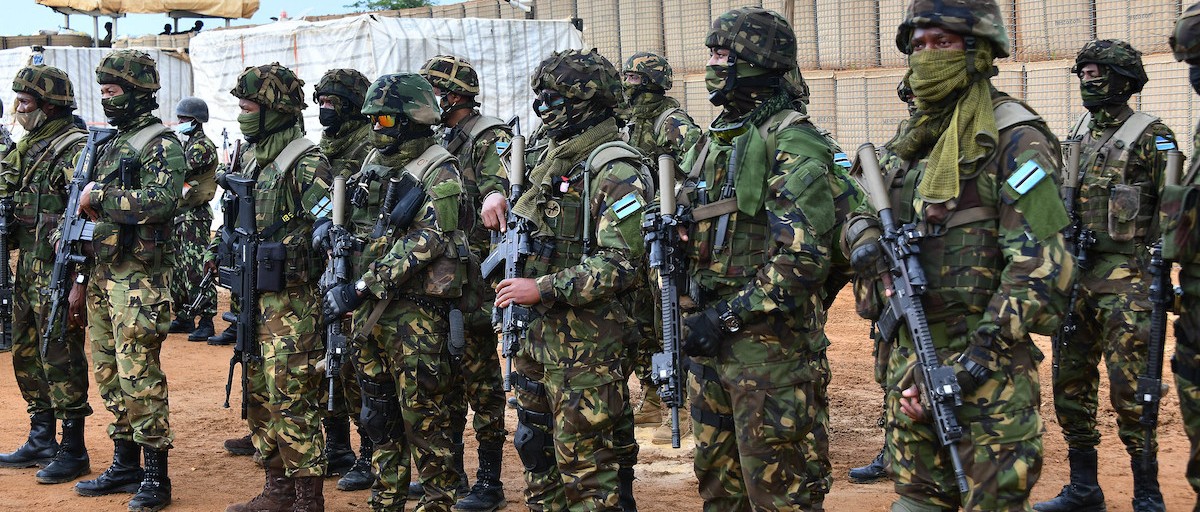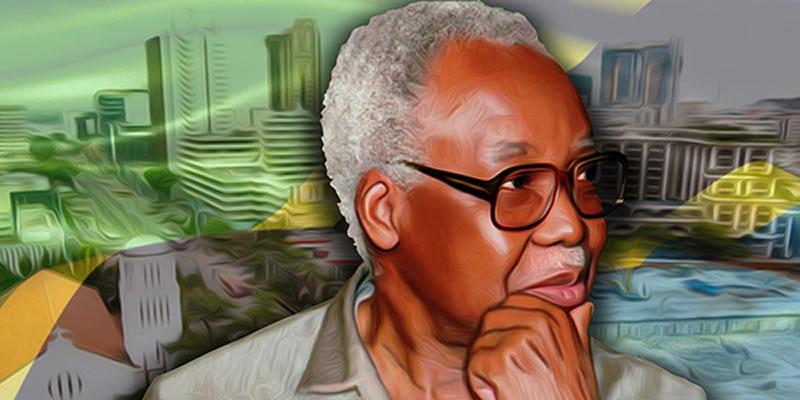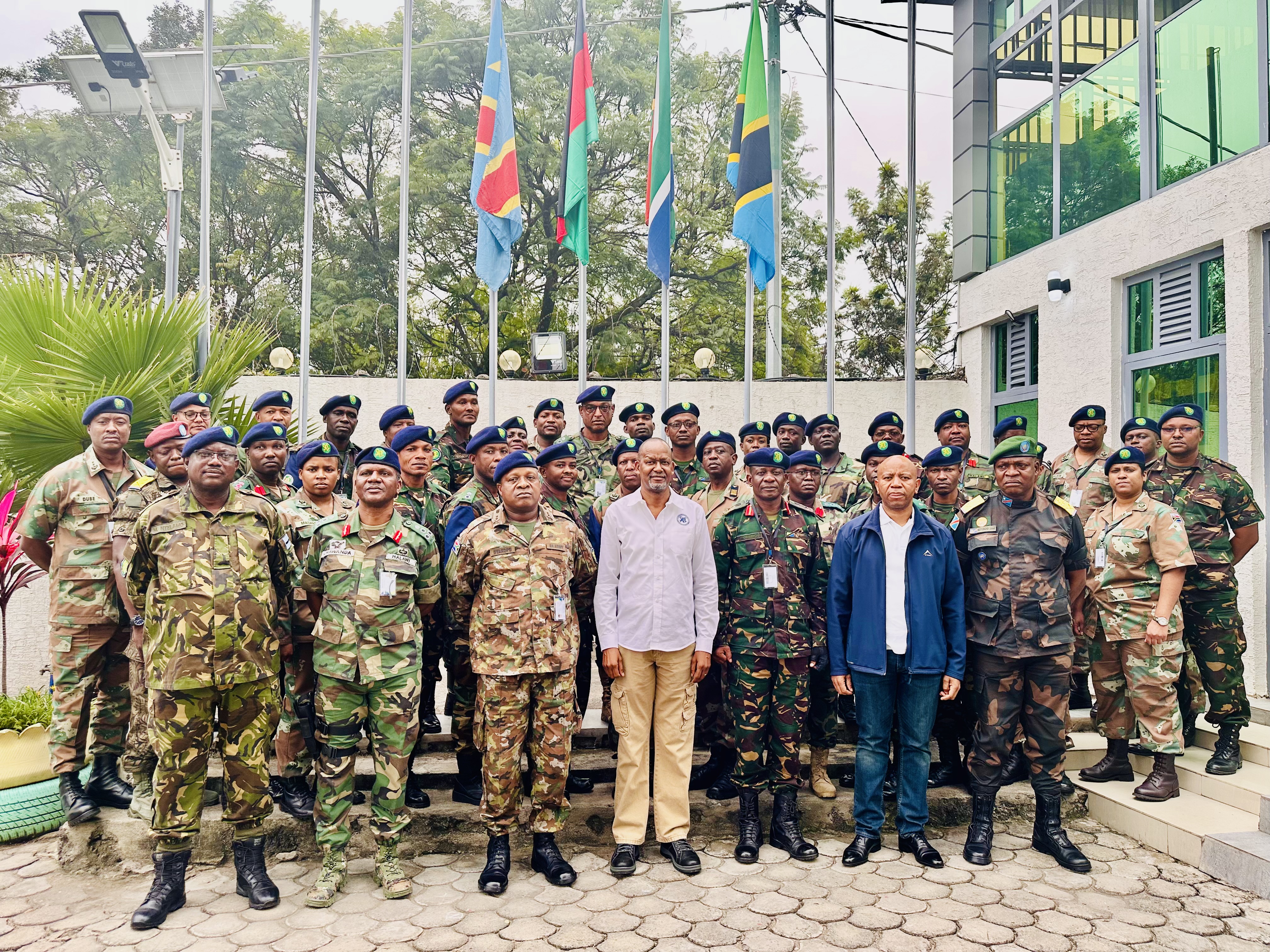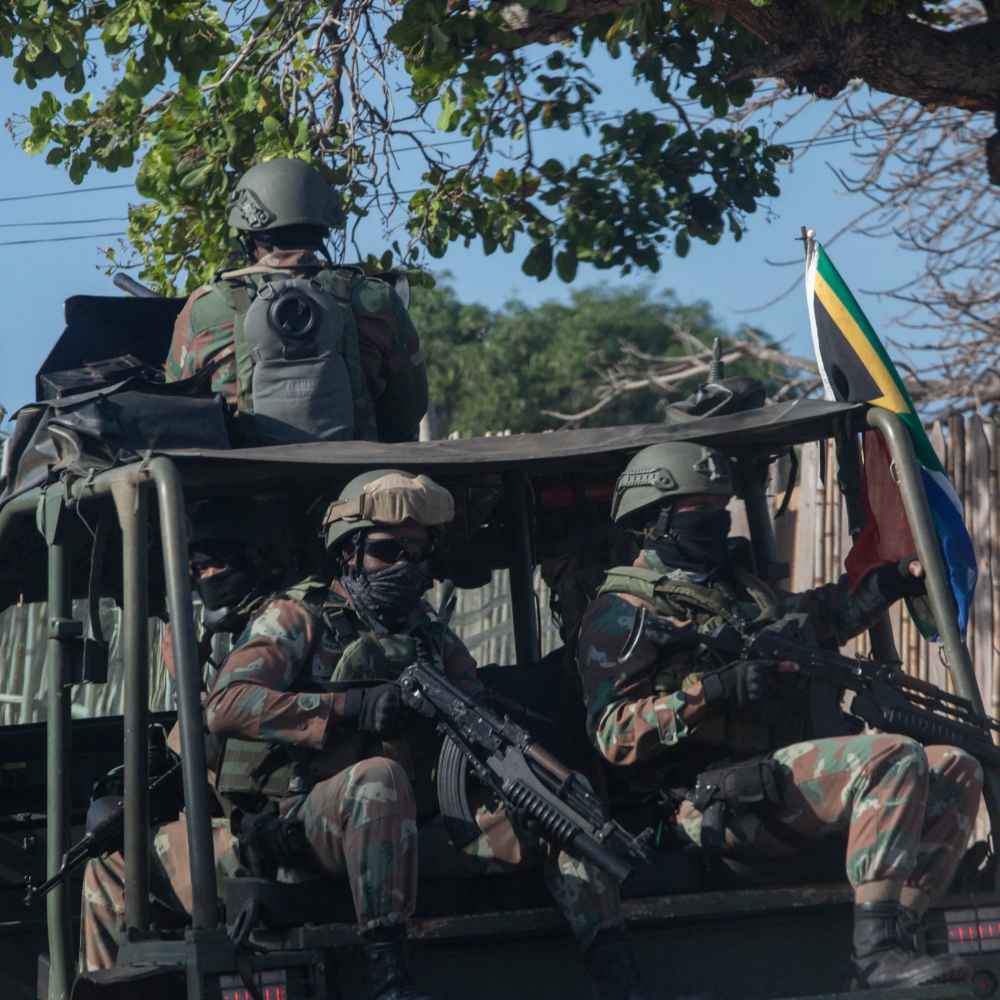Regional
SAMIDRC will not solve eastern DRC crisis
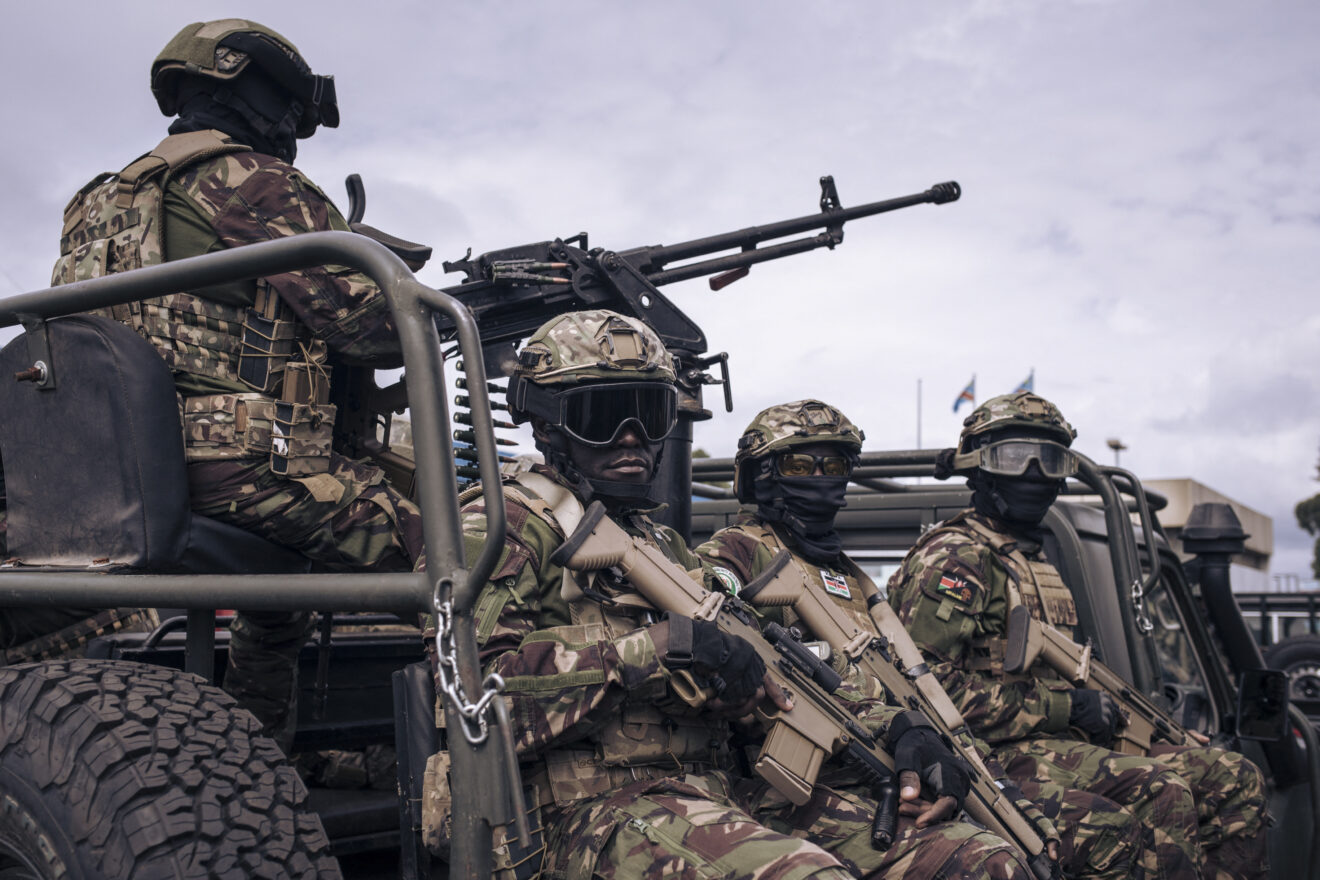
On May 5, the Southern African
Development Community (SADC) mission in DRC, SAMIDRC, announced the
commencement of offensive operations against the M23 rebels in the east of the
Democratic Republic of Congo (DRC).
“The SAMIDRC in cooperation
with the Democratic Republic of Congo National Army, FARDC, will conduct
operations to neutralize M23 rebels and maintain peace and security in creating
a secure environment as well as protect civilians and their properties under
imminent threats or attacks.”
The declaration came after
explosions hit IDP camps near Goma on May 3. Security analysts believe the
Congolese army targeted the camps to up international pressure on the M23
rebels, who had seized Rubaya the day before.
What has SAMIDRC been doing
all these five months after deployment? SADC deployed forces to DRC in December
2023 purportedly to assist the Congolese government in restoring peace and
security in the eastern part of the country. For the SADC force, the primary
mission was to attack the M23.
Despite their deployment,
there was no period of relative calm. Regional leaders cautioned that this
military intervention would exacerbate the already dire situation, but their
warnings were disregarded.
Since the beginning of 2024,
an additional 738,000 people were displaced in eastern DRC, bringing the total
number to around 7.2 million. Women are 51 percent of the displaced population.
More than 80 percent of displacements are due to armed attacks and clashes.
On February 10, during an
attack by SAMIDRC on M23 positions in Mweso, six soldiers from the South
African National Defense Forces (SANDF) were killed, while Burundi and DRC lost 17 and
72, respectively.
On April 8, SAMIDRC confirmed
the death of three of its soldiers and three others got injured. On April 30,
Rubaya, a strategic town in eastern DRC, was seized by M23 rebels, according to
media reports. The M23 spokesperson Lt Col Willy Ngoma said Rubaya fell into
the hands of the rebels following clashes with government troops.
These failures shows that a
military solution only aggravates the situation. Unfortunately, Kinshasa is
trying to acquire more warplanes and drones, but some negotiations have raised
doubts. Some presidential advisers have been trying to block a major arms
contract that was being negotiated by the deputy prime minister in charge of
defense, Jean-Pierre Bemba
Kinshasa hopes that aerial
firepower will make up for the shortcomings of its ground forces and help
repulse the M23 rebels.
SADC's deviation from the
regional bloc's mandate represents a failure to protect the Congolese civilians
it was tasked to safeguard. The internal conflict does not necessitate SADC's
collective military intervention; instead, regional mediation efforts could
address the conflict's underlying causes more effectively.
SADC would be more effective in advising Kinshasa to seek political solutions rather than military ones if the goal is to achieve peace in eastern DRC. Without engaging in dialogue, the conflict will persist, and the situation in eastern DRC will worsen.


